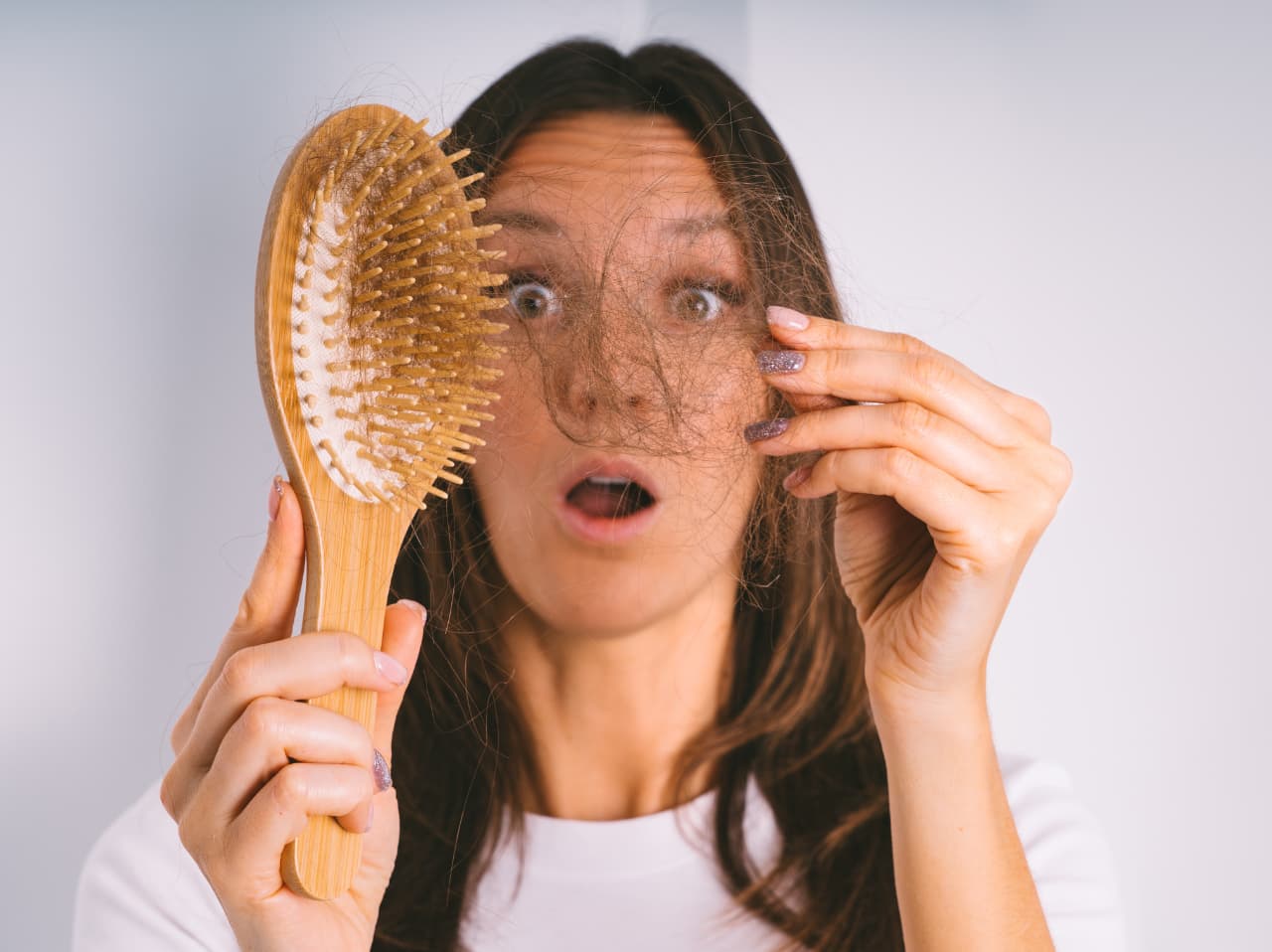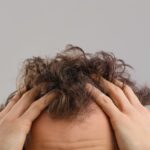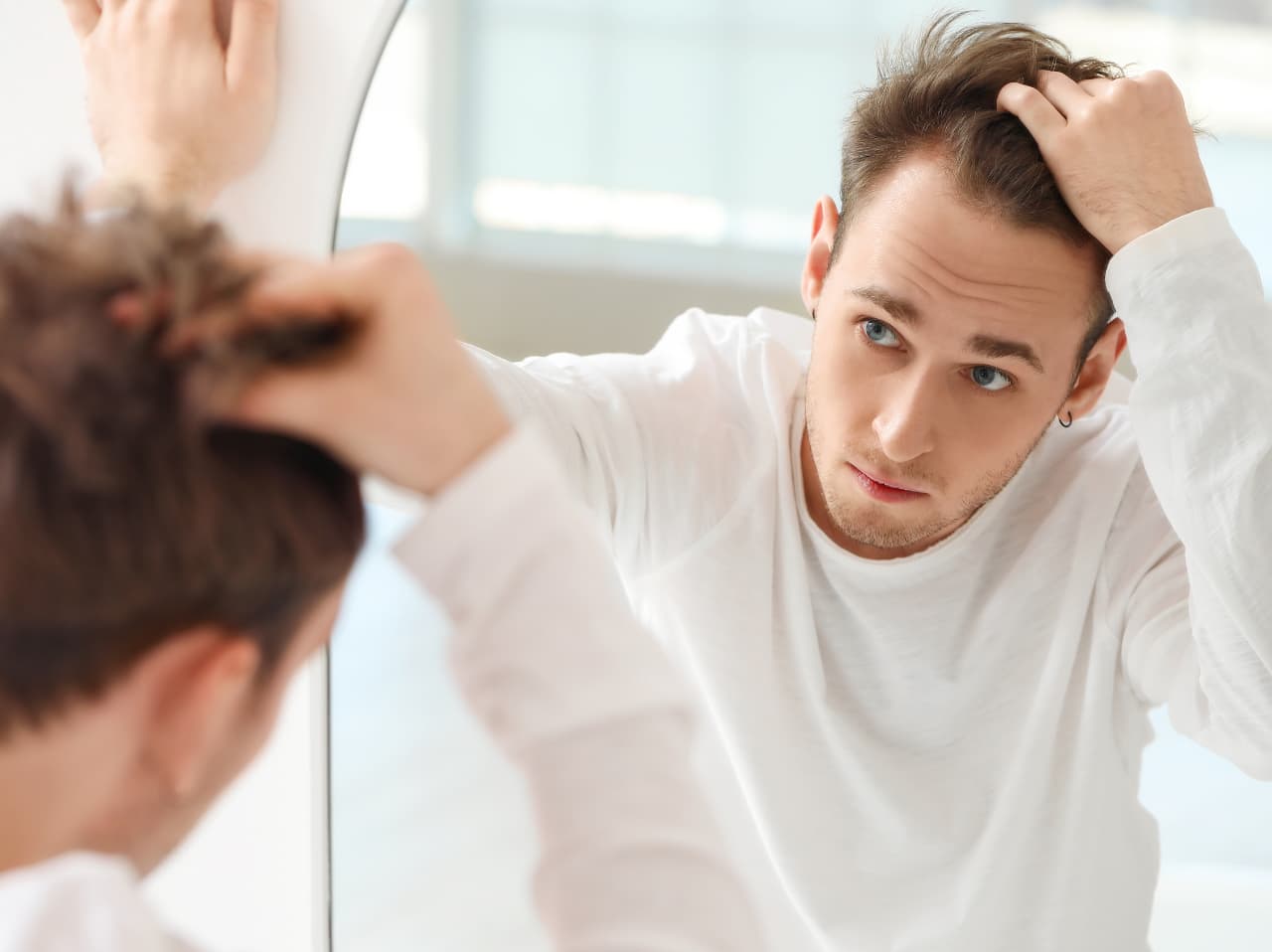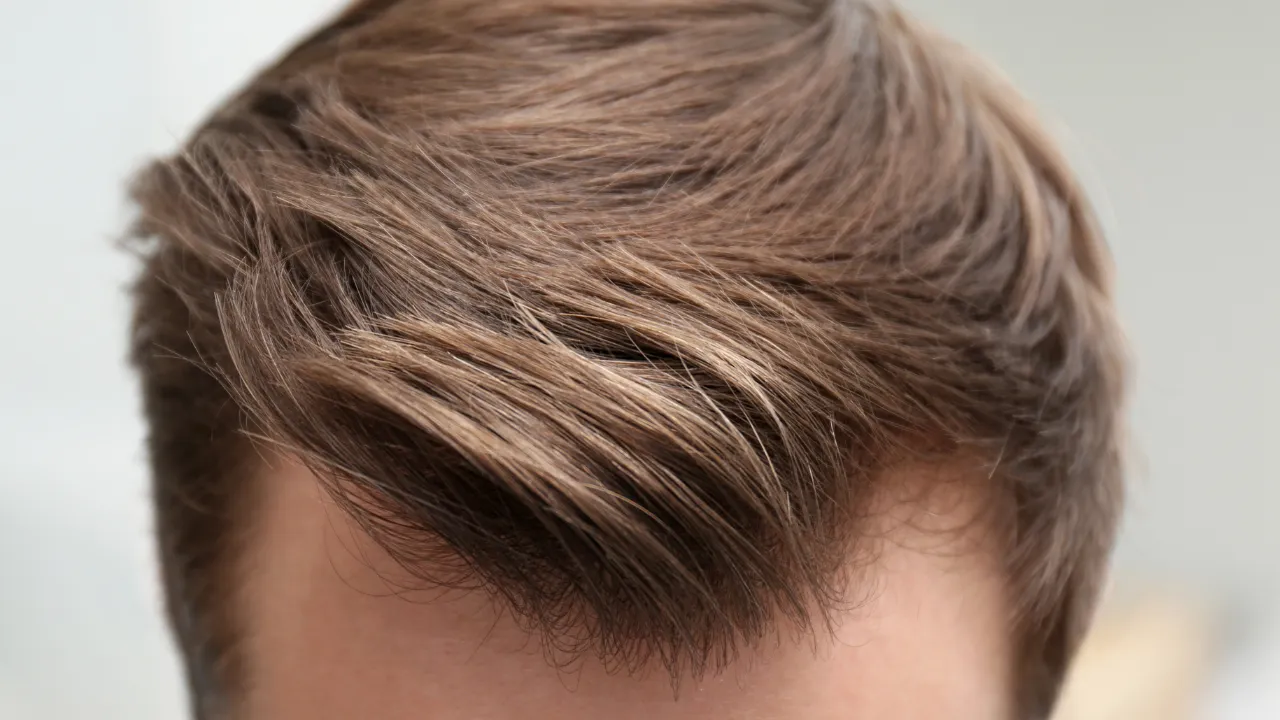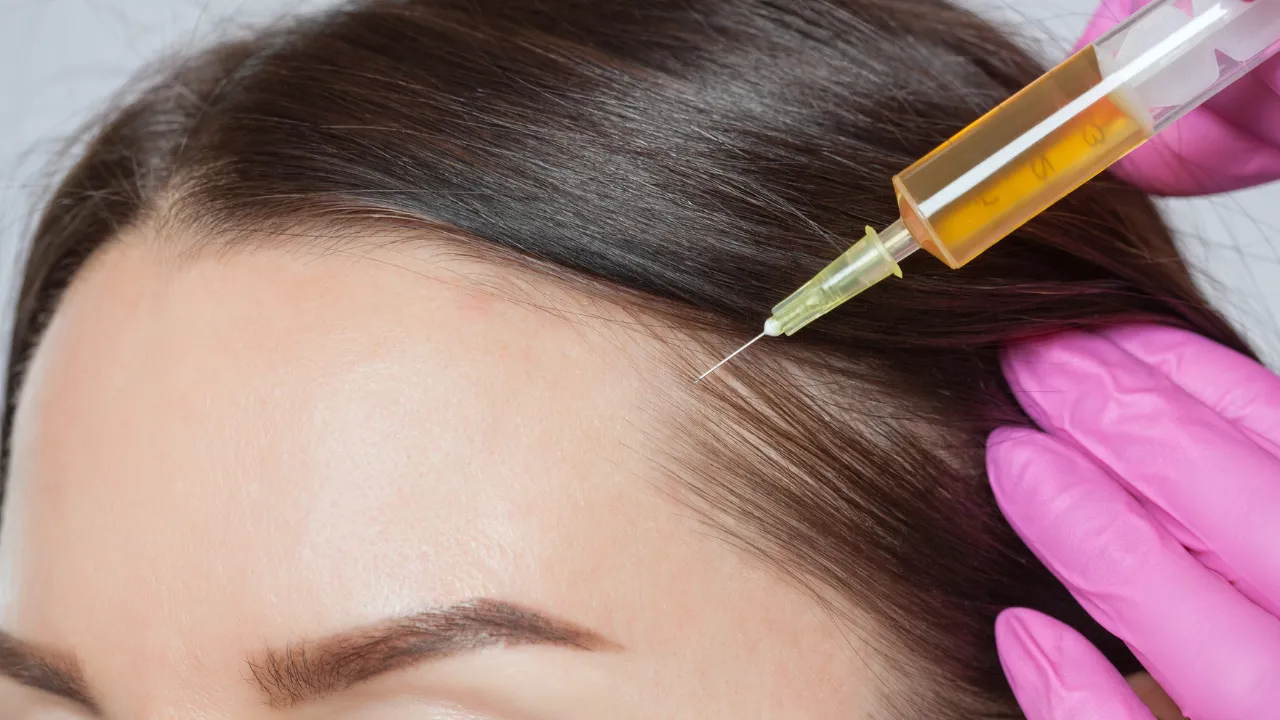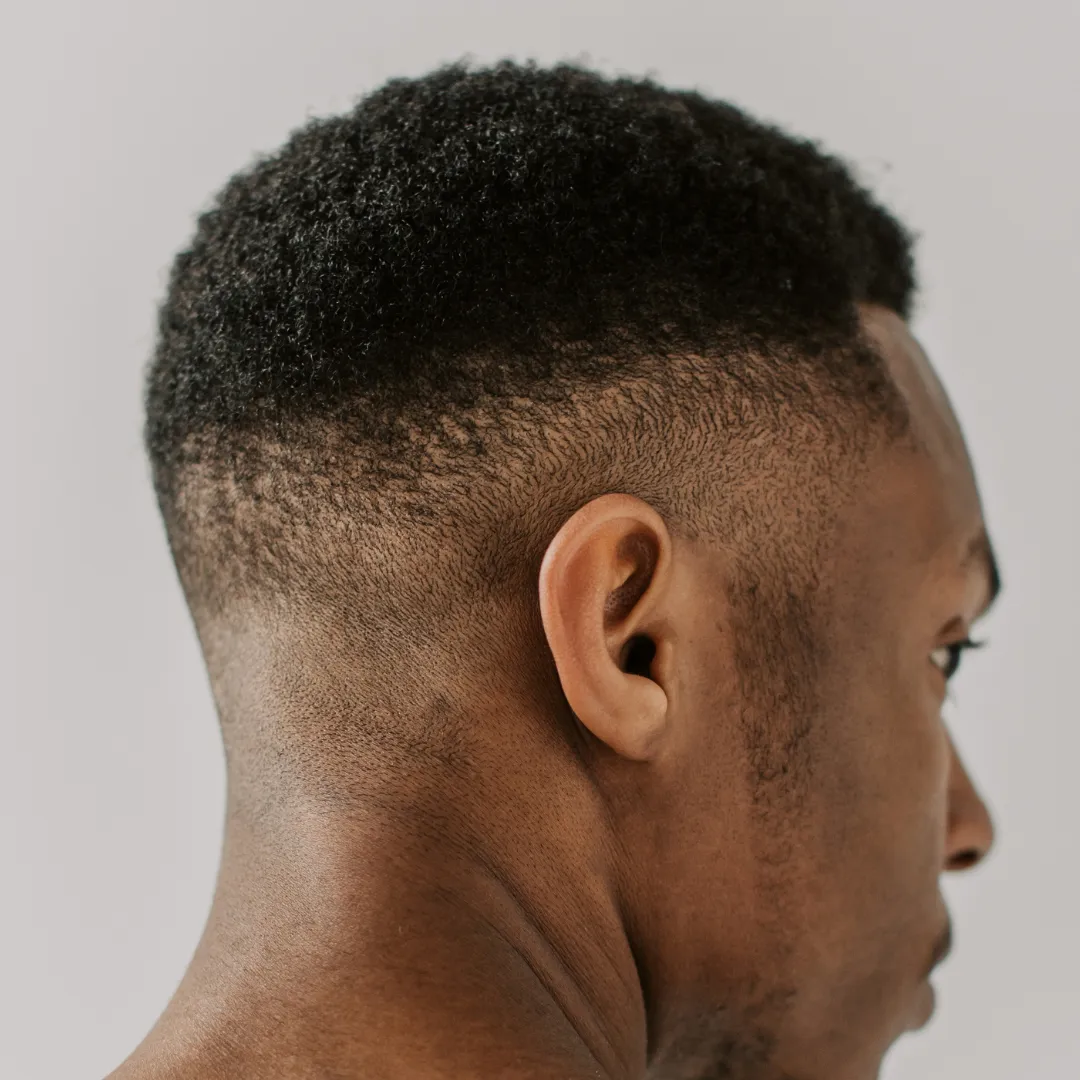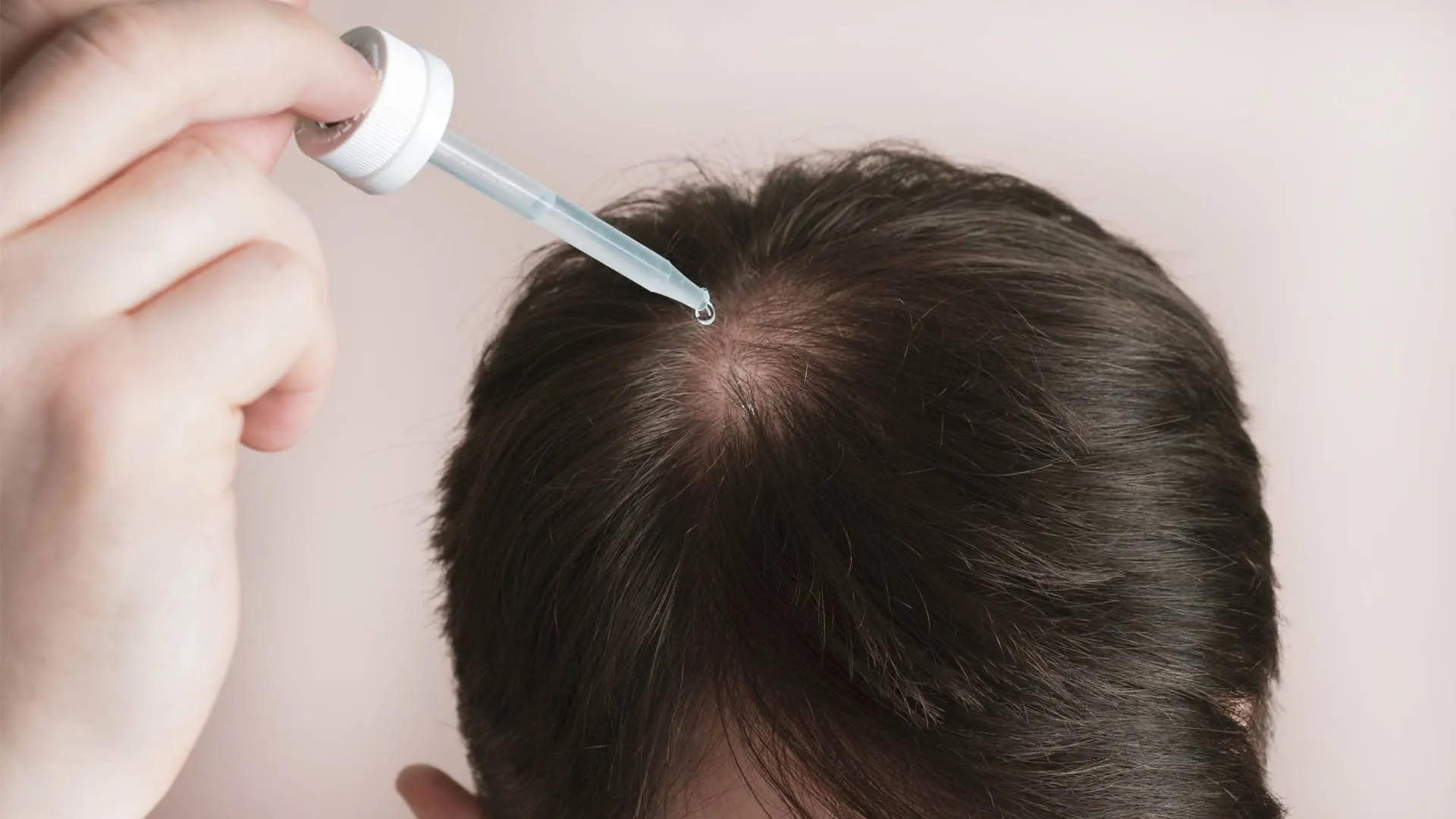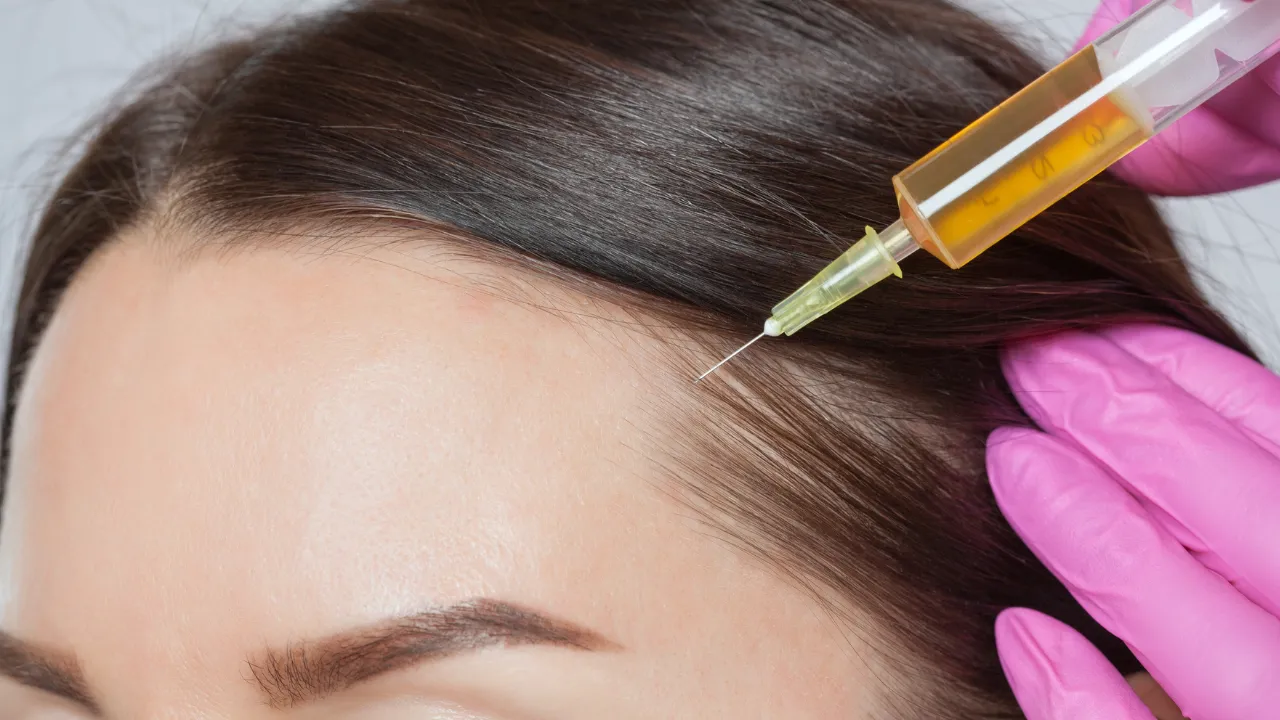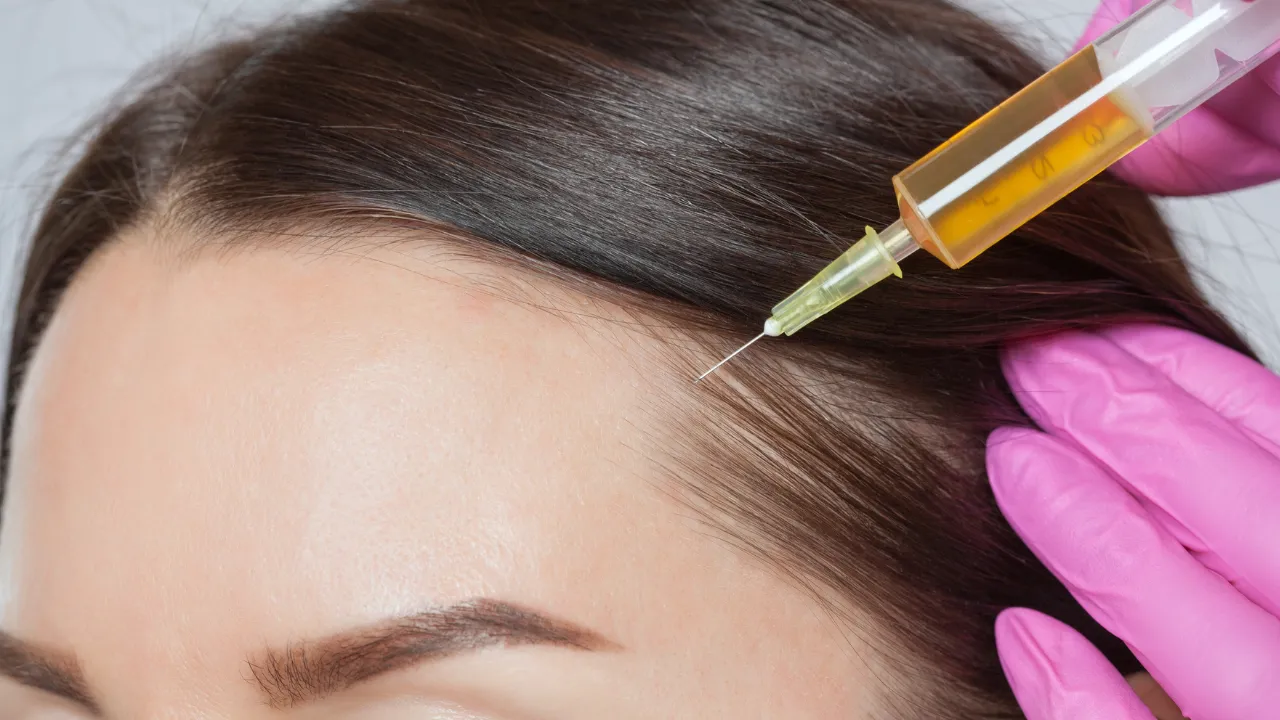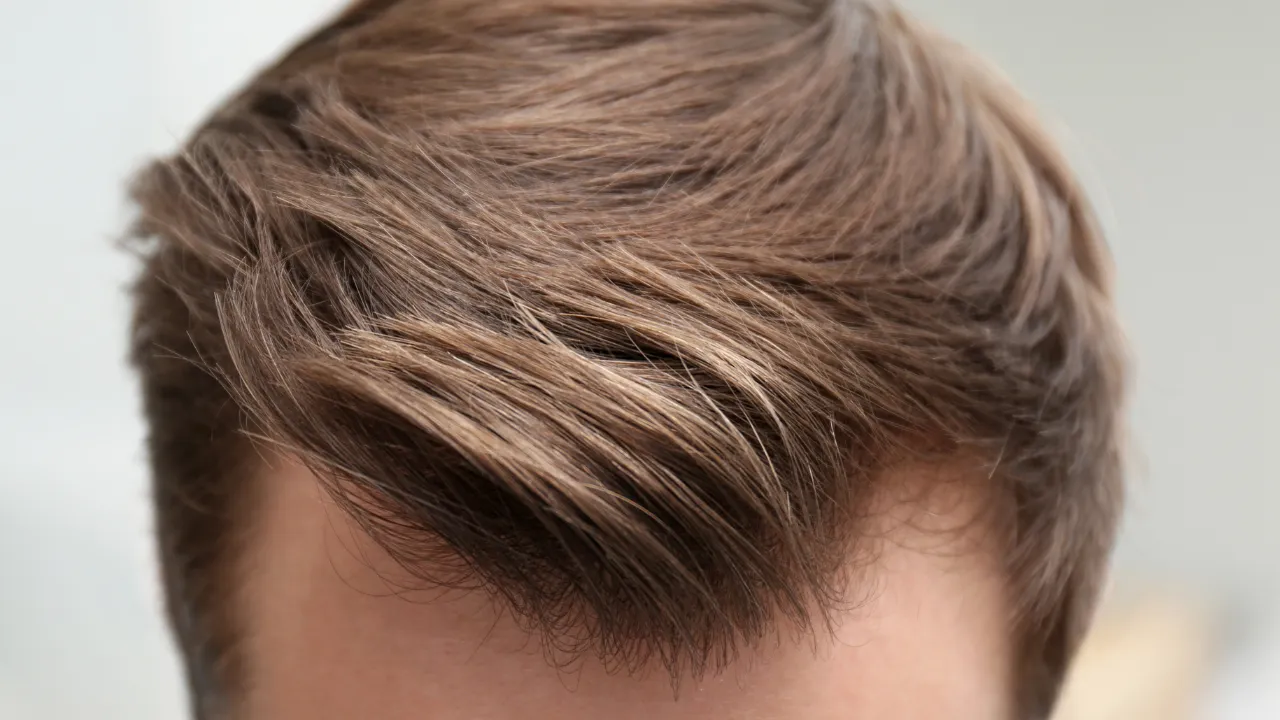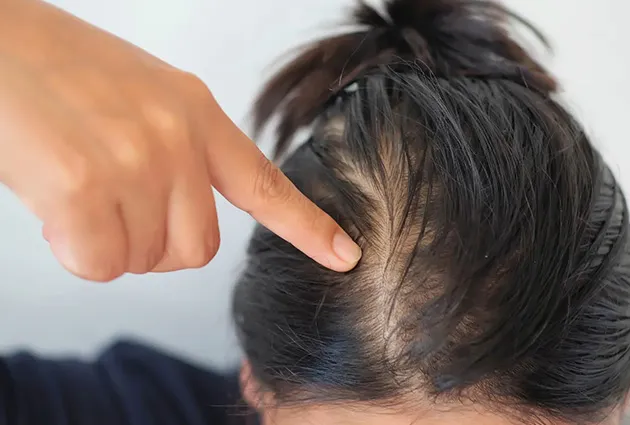Table of Contents
ToggleMillions of women experience hair loss, yet few realize it may be due to a condition that requires expert care. At Kopelman Hair, we specialize in alopecia treatment for women, offering solutions that address both medical causes and cosmetic concerns. This guide covers symptoms, types, and the most effective treatments to help you regain control of your hair and confidence.
Understanding Alopecia in Women
What Is Hair Loss in Women?
Hair loss in women can take many forms, from gradual thinning to sudden patches of missing hair. While some shedding is normal, excessive loss may indicate an underlying condition.
The term alopecia describes hair loss from any cause. It includes androgenetic thinning, stress-related shedding, and autoimmune conditions such as alopecia areata.
Public figures have also struggled with this condition, helping to raise awareness about alopecia treatment for women and reduce the stigma surrounding hair loss.
Early Signs and Symptoms
Increased shedding in the shower or on your brush can be an early sign of female hair loss. Other alopecia symptoms include:
-
A widening part or thinning hairline
-
Reduced hair volume
-
A bald spot on the head, especially round and smooth
-
Noticeable bald patches or patchy hair loss
These signs often align with the early stages of the Ludwig Scale, a clinical tool used to classify the severity of female pattern hair loss. Stage I typically presents as thinning around the crown or part line. Recognizing these symptoms early—before progressing to more advanced Ludwig stages—can lead to more effective treatment results.

Causes and Risk Factors
Hair loss can result from hormonal changes, stress, diet, or genetics. Additional triggers include:
- Thyroid issues
- Iron deficiency
- Autoimmune disorders like alopecia areata
- A family history of hair thinning
Identifying the correct alopecia causes is key to proper care.
Illnesses and Hormones That Affect Hair Growth
Conditions like lupus, anemia, and thyroid disease can impact hair growth. Hormonal shifts—especially excess androgens like DHT—can shrink follicles and reduce density.
Knowing which hormone causes hair loss in females helps guide hormone-targeted therapies.
Alopecia Areata: Causes, Signs, and Real Stories
What Is Alopecia Areata?
Alopecia areata is an autoimmune condition where the immune system attacks hair follicles. It causes small, often sudden patches of hair loss. Though not dangerous, it can be emotionally distressing.
Some cases resolve on their own; others require long-term care.
Bald Spots and Common Patterns
Alopecia areata usually begins with one or more smooth, circular bald spots on the head. There’s often no pain or redness. It can also affect eyebrows or eyelashes.
Doctors may order a blood test to check for related health issues. Quick recognition allows for timely alopecia areata treatment.
How I Cured My Alopecia Areata
Though there’s no guaranteed cure, many women manage symptoms well. At Kopelman Hair, we’ve seen results with:
- Corticosteroid injections
- Platelet-rich plasma (PRP) therapy
- Topical immunotherapy
Each case is unique, so personalized care is essential.
Effective Treatments for Female Hair Loss
What Is the Best Treatment for Female Hair Loss?
The best option depends on the condition’s cause. Topical products may help in mild cases, while more advanced loss may need medical intervention. Targeted treatment is critical in cases like alopecia areata.
Dr. Kopelman tailors therapies based on diagnosis and patient needs.
Doctor-Prescribed Solutions: Minoxidil, Steroids, Hormones
Common medical options include:
- Minoxidil to boost follicle activity
- Steroid injections to reduce inflammation
- Hormonal therapies to regulate androgens
A professional should guide these treatment options.
Natural and At-Home Treatments for Thinning Hair
Some supplements, like berberine, have been explored for their potential role in supporting alopecia treatment for women, especially when hair loss is tied to inflammation or metabolic issues. Complementary strategies can support scalp health:
- Eat iron- and protein-rich foods
- Use essential oils like rosemary
- Limit stress with meditation or gentle exercise
- Avoid excessive heat and tight hairstyles
These habits help women explore how to treat alopecia naturally.
Can You Prevent Alopecia?
Not all types of hair loss are preventable, but you can reduce risks:
- Avoid damaging hair practices
- Manage stress effectively
- Treat conditions like thyroid disease early
- Prioritize a balanced diet
- Use mild, scalp-friendly hair products
Prevention can slow progression, especially with a family history of hair loss.
Can Female Hair Loss Be Reversed?
Can It Be Cured or Reversed?
Many types are treatable. Temporary hair loss due to stress or deficiencies often improves with care.
Regrowth is possible in cases like alopecia areata, though recurrence may happen. Some women experience both hair loss and regrowth in cycles.
What Is the Most Effective Treatment?
Success often comes from combining therapies. These may include:
- Minoxidil or spironolactone
- PRP therapy
- Corticosteroid injections
Choosing the right mix depends on individual health and goals.
Is Hair Loss in Women Permanent?
Not always. Many causes are reversible with early treatment. For advanced or scarring cases, medical or cosmetic intervention can restore appearance.
Finding the Right Treatment Near You
Hair Loss & Alopecia Treatment Near Me
Searching for “alopecia treatment for women near me” often leads to general clinics. Choose specialists who focus on female hair loss and offer diagnosis, treatment, and follow-up.
At Kopelman Hair, we provide personalized care at every step.
When to See a Specialist
Consider a consultation if you notice:
- Sudden or patchy hair loss
- No results from at-home treatments
- Hair loss linked to health conditions
- Emotional or psychological stress
Prompt care can protect long-term outcomes.
Advanced Hair Restoration Options
FUE and DHI Hair Transplants
Transplants are an option for stable thinning. FUE (Follicular Unit Extraction) and DHI (Direct Hair Implantation) are minimally invasive and produce natural results. For women with a receding or uneven hairline, surgical options can be an important part of a comprehensive alopecia treatment for women plan, especially when medical therapies are not enough.
Dr. Kopelman uses cutting-edge tools to maximize outcomes and reduce downtime.
Cosmetic Options: Wigs and Concealers
Non-medical solutions can help during treatment or for cosmetic reasons:
- Wigs and hair toppers
- Concealing sprays or fibers
- Scalp micropigmentation
These enhance appearance while medical treatments progress.
How Is Female Alopecia Diagnosed?
Diagnosis begins with a physical exam and medical history. Doctors may ask about symptoms, stress levels, or diet.
Tests may include:
- Scalp analysis for damage
- Blood test for hormonal or nutrient imbalances
- Pull test for active shedding
- Scalp biopsy if scarring alopecia is suspected
Accurate diagnosis guides more effective treatment planning.
FAQs About Alopecia in Women
Can Hair Grow Back After Alopecia Areata?
Yes, regrowth is possible with proper care. However, results vary, and some women may require ongoing treatment to maintain their results.
How Long Do Treatments Take?
Topical solutions like minoxidil may take several months to work. Procedures like PRP can work faster but still require consistency. Most patients see changes in 6–12 months.
Schedule a consultation with Dr. Kopelman today to receive a comprehensive evaluation and a treatment plan tailored to your unique needs. Your journey to healthier hair starts here.
Struggling with hair thinning or bald patches? Get expert insights from Dr. Kopelman on how to treat alopecia and restore your confidence—naturally and medically.



